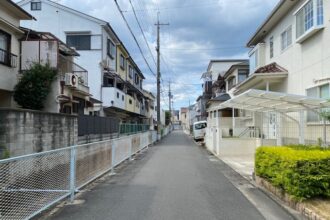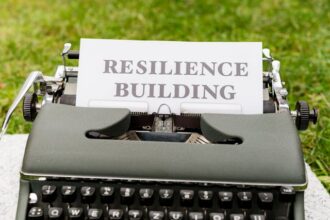A comprehensive analysis of sixteen years of data on Japanese adults has revealed that five common cancers—lung, stomach, colorectal, liver, and breast—occur more frequently in communities characterised by lower employment rates or reduced income levels.
Cancer continues to impose a significant burden due to its high morbidity and mortality, making effective prevention strategies a public health priority. A growing body of evidence indicates that certain cancer types are closely linked to individual socioeconomic status (SES), with disparities in both incidence and mortality reflecting broader social inequalities. For example, individuals with lower SES are disproportionately affected by lung cancer, a trend that may be partially attributed to higher smoking prevalence within these populations. Education level also plays a pivotal role in cancer outcomes, as those with higher levels of education are more likely to avoid health-risk behaviours, such as tobacco use.
While several prevention initiatives targeting individuals with low SES have been implemented—such as screening and treatment programmes for breast and cervical cancer aimed at low-income or uninsured women—participation rates in these efforts remain suboptimal. Studies have consistently shown that individuals with lower income or educational attainment are less likely to engage in cancer screening. These low participation rates are influenced not only by direct financial barriers but also by contextual regional factors, including limited access to healthcare services in socioeconomically disadvantaged areas.
In contrast to approaches focused solely on individual SES, interventions that consider broader community-level circumstances have, in some instances, yielded more successful outcomes. For example, culturally tailored screening initiatives and community-based hepatitis B testing programmes have demonstrated improved participation rates and better health outcomes. These findings suggest that regional SES disparities—pervasive within many countries—must be taken into account when designing public health interventions. Populations with similar socioeconomic conditions tend to cluster geographically, shaping the overall SES of a community. This clustering influences the development of local social systems, which in turn affect health outcomes and access to preventive services.
As such, the SES of a community and the supporting social infrastructure can significantly impact both the onset and progression of disease. Demonstrating the relationship between community-level SES and cancer is therefore essential for informing more effective and equitable prevention strategies. By aligning interventions with the socioeconomic characteristics of specific regions, policymakers and public health professionals can better position themselves to reduce cancer disparities and improve population health outcomes at both the individual and community levels.
More information: Satoru Kanda et al, Association between socioeconomic background and cancer: An ecological study using cancer registry and various community socioeconomic status indicators in Kanagawa, Japan, PLOS One. DOI: 10.1371/journal.pone.0326895
Journal information: PLOS One Provided by PLOS








